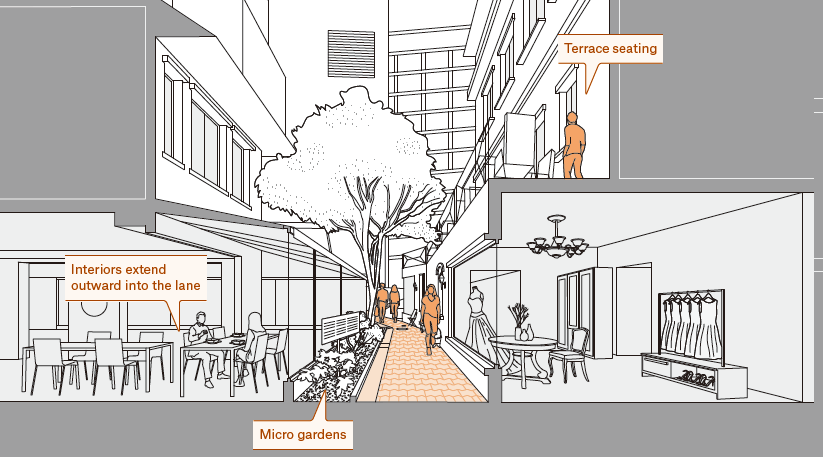Physical Address
304 North Cardinal St.
Dorchester Center, MA 02124
Physical Address
304 North Cardinal St.
Dorchester Center, MA 02124

As foreigners, we are mesmerized by zakkyo buildings or yokocho, but within Japan, scholars, and authorities often ignore and neglect them as urban subproducts. In spite of their conspicuous presence and popularity, the official discourse still considers most of Emergent Tokyo as unsightly, dangerous, or underdeveloped. The book offers the Japanese readership a fresh view of their own everyday life environment as a valuable social, spatial, and even aesthetic legacy from which they could envision alternative futures.
Mathieu Helie has been writing at a blog he calls Emergent Urbanism. His most recent post is the first part of a series that will be published as an entire article entitled “The Principles of Emergent Urbanism” at International Journal of Architectural Research. This first part of the series, and hopefully the entire published article gives a great introduction to the concept Helie names “Emergent Urbanism.” In my opinion as a Market Urbanist, Mathieu’s most remarkable contributions to urbanism revolve around the concepts of “emergence” as it relates to urban patterns, particularly with regards to Hayek’s ideas about “emergent order” or “spontaneous order”. As Mathieu writes: How is it possible for what is obviously a human artifact to arise as if by an act of nature? The theory of a spontaneous order provides an explanation. According to Friedrich A. von Hayek (Hayek, 1973) a spontaneous order arises when multiple actors spontaneously adopt a set of actions that provides them with a competitive advantage, and this behavior creates a pattern that is self-sustaining, attracting more actors and growing the pattern. This takes place without any of the actors being conscious of the creation of this pattern at an individual level. The spontaneous order is a by-product of individuals acting in pursuit of some other end. In this way cities appear as agglomerations of individually initiated buildings along natural paths of movement, which originally do not require any act of production as dirt paths suffice. As the construction of individual buildings continues the most intensely used natural paths of movement acquire an importance that makes them unbuildable and these paths eventually form the familiar “organic” pattern of streets seen in medieval cities. This process still takes place today in areas where government is weak or dysfunctional, notably in Africa where urban planning […]